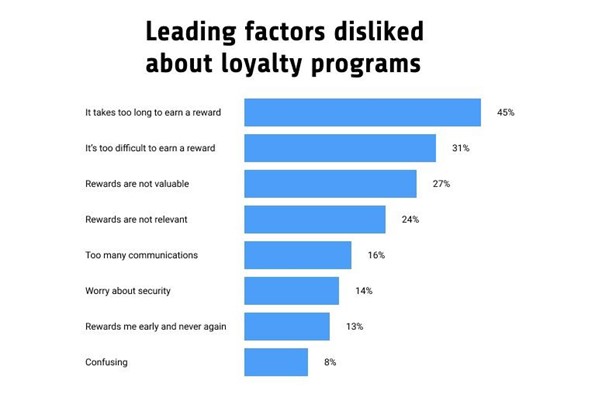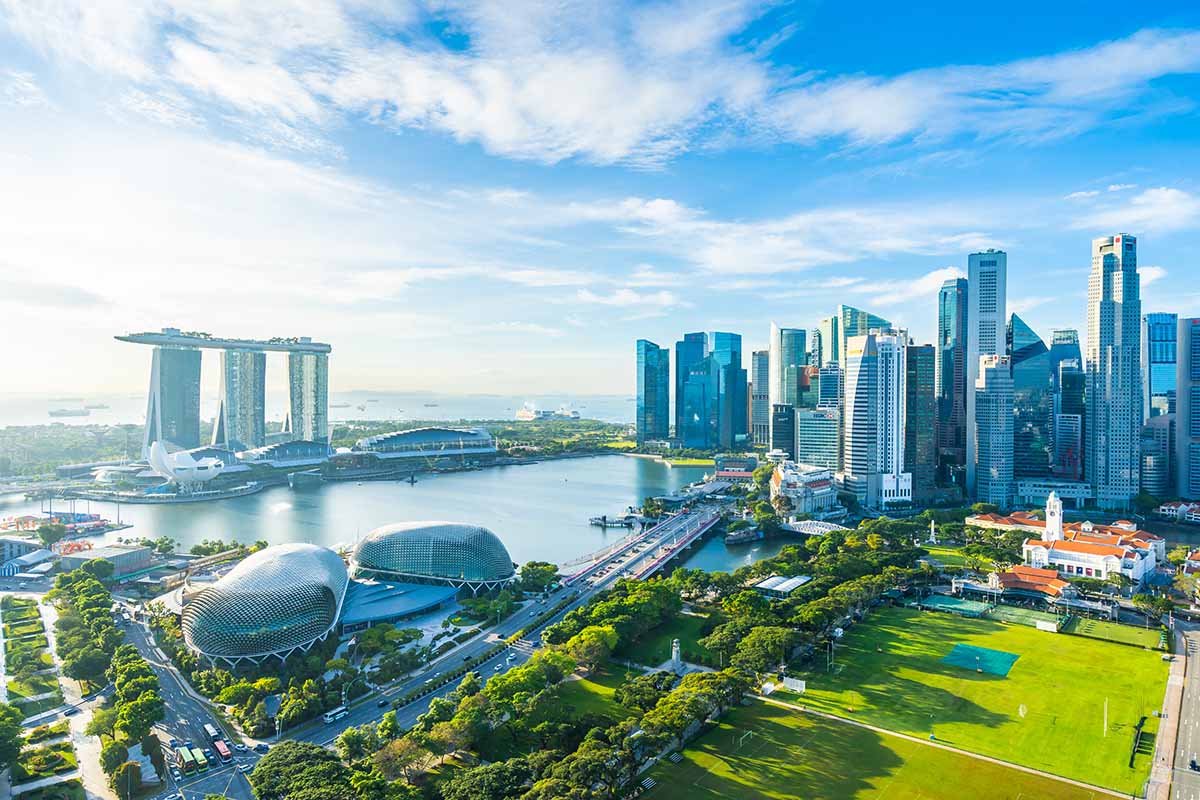Factors to Keep in Mind for Launching the Ultimate Travel Loyalty Program
The travel industry went through a complete shutdown during the pandemic. While travel brands are exploring marketing strategies for ultimate growth, the traditional rewards programs have become stale. Post-pandemic, only 42% of customers redeemed their points to lower the cost of travel. It reflects that brands need to shift their perspective toward travel loyalty programs.
The following data reveals the critical factors behind customers repealing a loyalty program:
These factors contribute to almost every aspect of a traditional loyalty program. The customer of today and tomorrow are going to continue traveling. Customers will choose between brands that adapt to the market & brands that lag with the old Martech stack.
To deliver a seamless customer experience and increase customer satisfaction scores, brands must look at travel loyalty programs holistically. For example, Marriott Bonvoy has been successful with its loyalty program.
Offering rewards like spa coupons, instant meal redemption, flexibility in checkout timings, and welcome gift with the choice has inspired multi-dimensional customer loyalty. Not just rewards but exclusive tiers encourage members to spend more and get benefits that supersede the monetary value. Below are aspects of a loyalty program that aspires to true customer loyalty by being holistic and customer-centric.
A 360-degree approach to becoming part of customers’ lifestyle
- Rewards: Upgrade the rewards structure to offer instant rewards that are meaningful and relevant to customers. 68% of customers stay loyal to brands offering valuable rewards. However, it’s nearly impossible to provide meaningful rewards without understanding customers.
- Experience: Compared to the last decade, 2X brands put “customer experience” as their primary goal. Adding gamification to your travel loyalty program gives essential excitement to customers chasing adventure and fun.
- Lifestyle: Monetary rewards still attract customers, but inspiring brand loyalty is different. Customers love access to exclusive events and complementary experiences when traveling. By offering free meals, spa experience coupons, and extra miles, brands can build deeper customer engagement.
- Identity: Misterb&b does well with multiple tiers in its loyalty program. Giving customers a sense of exclusivity and a unique identity strengthens the customer-brand connection. Customized tiers name and personalized communication make customers feel unique, personal, and special.
- Vision: Today, brands commit to fair practices and contributions toward the environment, sustainable development, and more. Gen-Z and Millennials prefer joining such loyalty programs, which adds to a cause for society. For example, JetBlue’s loyalty program allows members to donate their loyalty points to various charities based in the USA.
Targeting holistic loyalty has become a norm for global travel brands. Freddie Rewards has awarded Accor as one of the most popular travel loyalty programs in 2022. Accor offers numerous ways for customers to earn and redeem points. Along with 5 tiers, it uses loyalty program data with deep customer segmentation to personalize rewards, experiences, and promotions.
Strategies to unlock true customer loyalty
Customer behavior has changed significantly over the past few years. With customers using social media, and multiple platforms to connect with brands, the loyalty landscape is going through a digital transformation wave.
The key to riding this wave lies in understanding customers deeply. It’s possible through the holistic approach toward loyalty programs. Syncing data analytics, technology platform, and strategic consultation has the answer for marketers.
Let’s see how to build an ultimate travel loyalty program with a holistic approach:
- With a better understanding of customers through data analytics, marketers can set up rewards valued by customers. Offering relevant rewards and personalized email communication can yield significant results in a loyalty program.
- By upgrading the technology platform, brands can become omnichannel. For 71% of brands, the omnichannel strategy resulted in transactional volume going above 50% compared to previous years. In addition, brands need to provide real-time rewards. For travelers, it’s crucial to redeem points on the go and not wait for long. Simplifying earning and redeeming points through multiple channels and devices build brand advocacy and encourages referrals.
- Actionable insights from customer data reflect what customers are chasing. A travel journey is wholesome with food, fun, and experiences. Partnering with brands with complementary benefits gives customers more opportunities to stay connected with your loyalty program.
- With zero & first-party data, brands can determine customer demand for peak season. Many brands get 40% of annual revenue during the holiday season. Loyalty programs with existing customers can act as catalysts for growth and help brands boost revenue.
- The past few years have diminished the value of trends and popular practices. The right way for travel brands to strategize for the present and future is to understand customers’ behavior, lifestyle, needs, and aspirations.
Undoubtedly, data has become the driver of marketing strategies. Every successful brand and loyalty program is centered around customer data and technology. The loyalty market in the travel industry is estimated to reach USD 73.6 billion by 2032. Though there are vast opportunities for travel brands, achieving loyalty goals with a conventional approach is nearly impossible. The holistic approach holds the key to riding the next wave of loyalty and building the ultimate travel loyalty program.




















